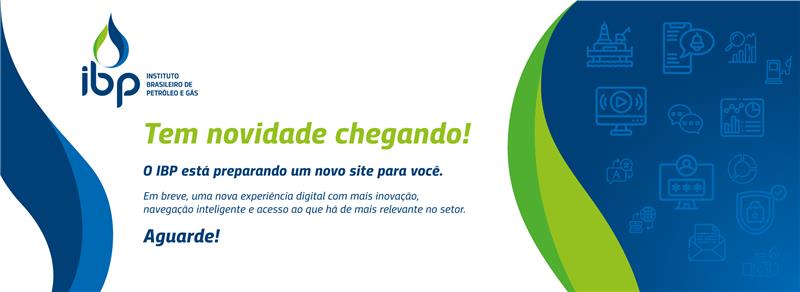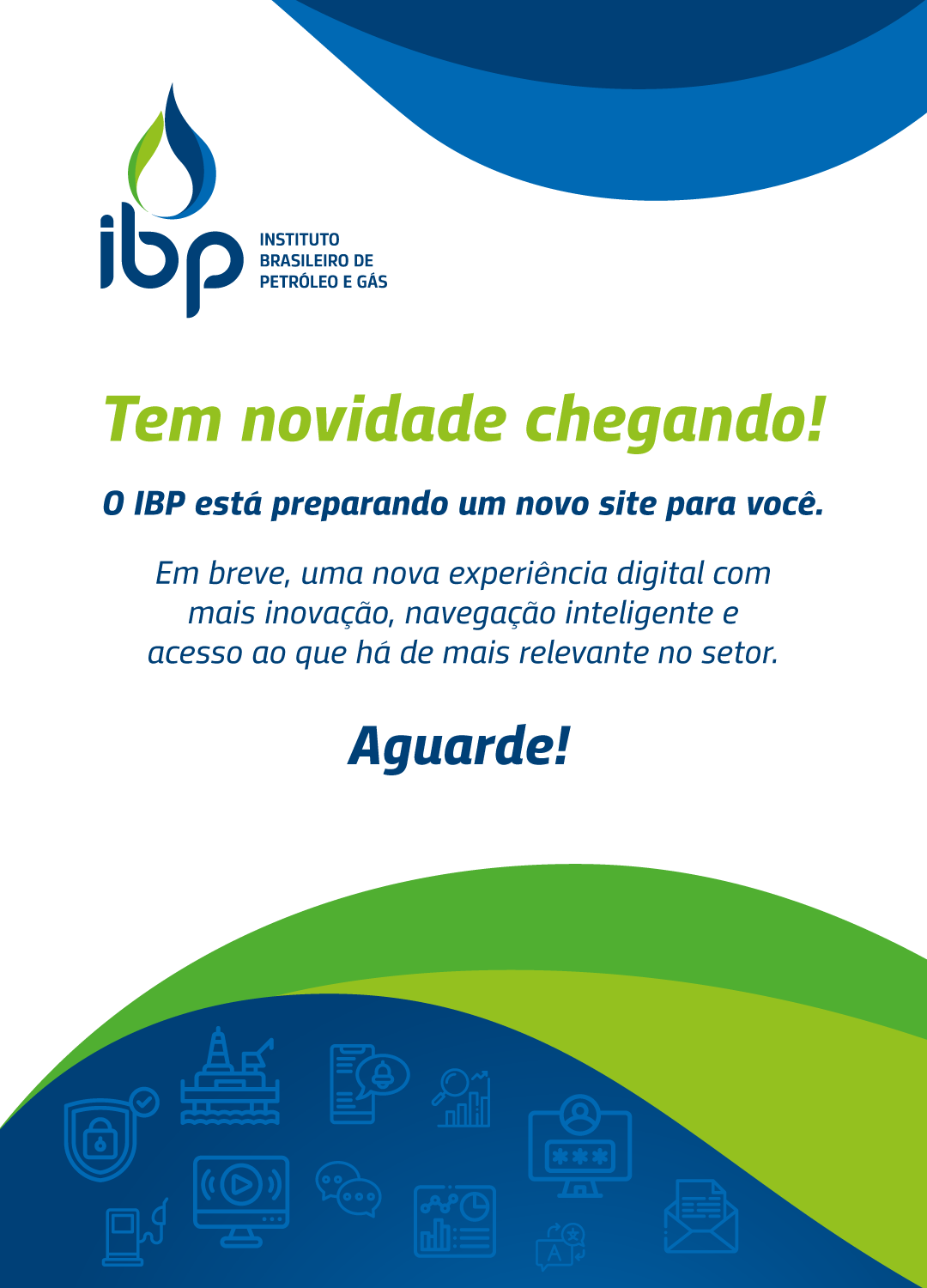[ARTICLE] Improving Safety in the Offshore Industry

Authors: Peter Howard Wertheim and Dayse Abrantes
hwpeter15@gmail.com
Impacts of digital technology, challenging innovations being offered by automation and the use of new drilling technology include increased efficiency for health, safety and environment (HSE) such as indirect heating and well risk assessment, greatly benefitting employees.
Operators are also seeking new logging-while drilling (LWD) tools that offer real time measurements to obtain high quality data. Key components of Advanced Multipole Sonic-While-Drilling Technology are wideband multipole transmitter (multiple measurement types), attenuator section to optimize sonic logging quality in hard formations and some 48 wideband receivers for clean acoustic signal adapted to a full range of hole sizes.
New technology also consists of four separate platforms connected by bridges: a quarter platform (QP), a drilling platform (DP), a production and compression platform (PCP) and a wellhead platform (WHP). A water-injection platform (WIP) is considered a state-of-the-art automated drilling rig linked to the existing WHP by a fixed steel bridge containing integrated topsides with water-injection facilities, seawater and produced water treatment facilities, plus power generation.
WIP can also be linked by fiber-optic line to onshore operations centers, allowing offshore information to be accessible onshore, involving more on-hand expertise, enhancing safety and requiring fewer offshore personnel. WIP design was to improve the HSE standard and rig efficiency while reducing offshore personnel and providing a standalone well intervention platform.
Well kick – permeable formation, an influx of formation fluids to the well, could occur when the pore pressure exceeds the drilling fluid pressure. In case this kick is not safely controlled before reaching the surface (Blowout), terrible consequences could take place such as damage to, or loss of wellbores, facilities, environment or lives.

